Home>Garden Essentials>What Is The Cheapest Ground Cover
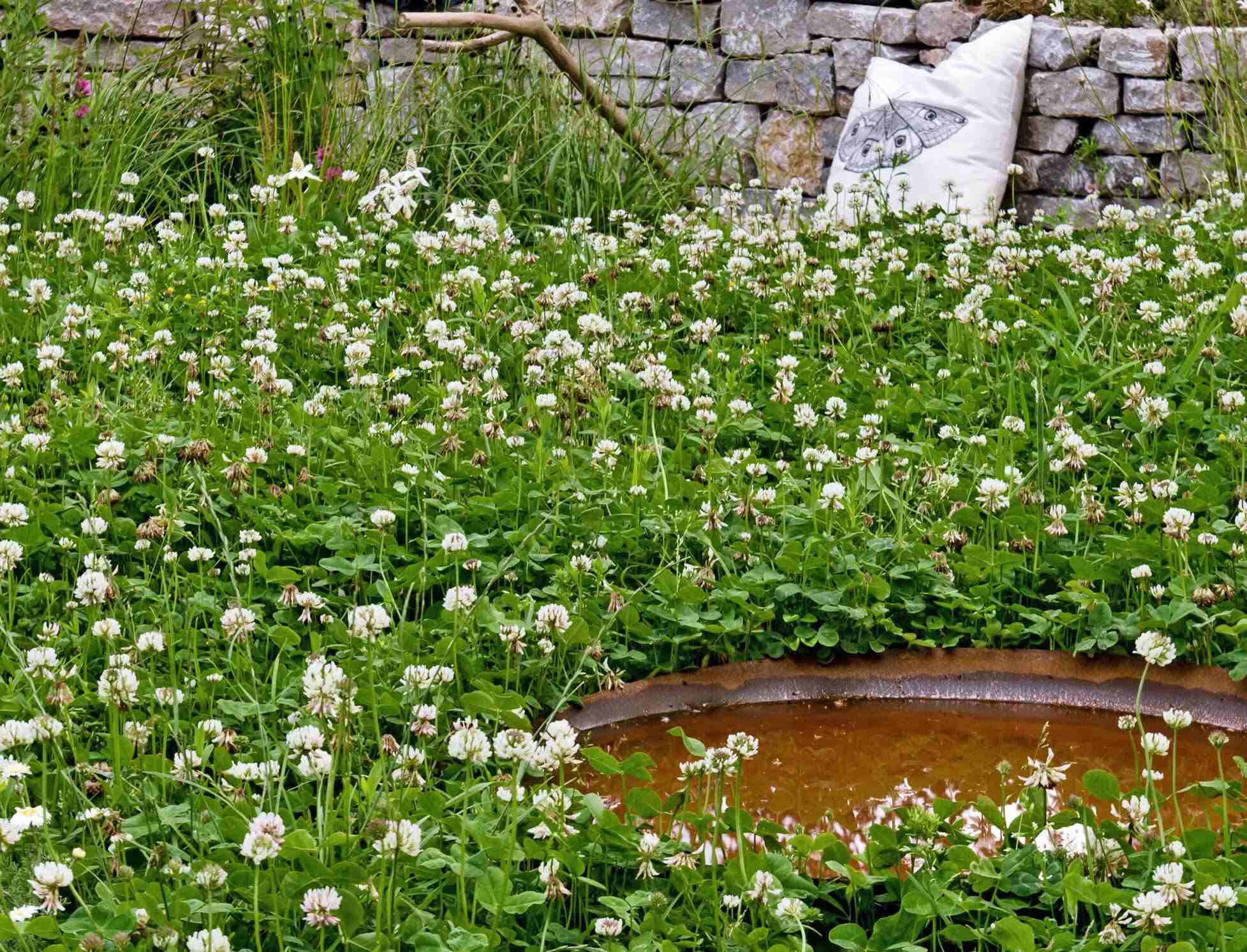

Garden Essentials
What Is The Cheapest Ground Cover
Modified: March 7, 2024
Looking for the cheapest ground cover for your garden? Discover affordable options and transform your outdoor space with our expert tips and recommendations.
(Many of the links in this article redirect to a specific reviewed product. Your purchase of these products through affiliate links helps to generate commission for Storables.com, at no extra cost. Learn more)
Introduction
Welcome to the world of gardening, where creativity blossoms and beauty flourishes. When it comes to creating a stunning garden space, one often overlooked but crucial element is ground cover. Ground cover not only enhances the visual appeal of your garden but also serves practical purposes such as weed control, soil insulation, and erosion prevention. However, finding affordable ground cover options can be a challenge.
In this article, we will explore the different factors to consider when choosing ground cover and present you with a list of the cheapest options available. Whether you’re a budget-conscious gardener or just looking for cost-effective solutions, we’ve got you covered.
Key Takeaways:
- Affordable ground cover options like mulch, pea gravel, wood chips, straw, and decomposed granite offer budget-friendly ways to enhance your garden’s beauty while providing practical benefits like weed control and moisture retention.
- Consider your budget, climate, maintenance needs, and aesthetic preferences when choosing ground cover. Affordable options like mulch, pea gravel, wood chips, straw, and decomposed granite offer both practical and visually appealing solutions for your garden.
Read more: What Is The Cheapest Way To Cover A Ceiling
Factors to Consider When Choosing Ground Cover
Before diving into the world of affordable ground cover options, it’s important to understand the factors that should influence your decision. These factors will help you choose the right ground cover that fits your budget and fulfills your garden’s needs:
- Budget: Consider how much you are willing to spend on ground cover. This will help narrow down your options and ensure you stay within your desired budget.
- Climate: Take into account the climate of your area, including temperature, rainfall, and sunlight. Certain ground cover options thrive in specific climates, so choose one that can withstand the conditions in your garden.
- Maintenance: Evaluate the level of maintenance required for each ground cover option. Some may require frequent trimming, while others might be low-maintenance. Choose according to your availability and willingness to maintain the ground cover.
- Appearance: Assess the visual appeal of the ground cover. Determine whether it complements the overall aesthetics of your garden and aligns with your personal preferences.
By considering these factors, you’ll be able to make an informed decision and find the perfect ground cover for your garden without breaking the bank.
Key Takeaways:
- Affordable ground cover options like mulch, pea gravel, wood chips, straw, and decomposed granite offer budget-friendly ways to enhance your garden’s beauty while providing practical benefits like weed control and moisture retention.
- Consider your budget, climate, maintenance needs, and aesthetic preferences when choosing ground cover. Affordable options like mulch, pea gravel, wood chips, straw, and decomposed granite offer both practical and visually appealing solutions for your garden.
Read more: What Is The Cheapest Way To Cover A Ceiling
Factors to Consider When Choosing Ground Cover
When it comes to choosing ground cover for your garden, there are several factors that you need to take into consideration. These factors will help you make an informed decision and select the right ground cover that not only fits your budget but also fulfills your garden’s needs. Let’s explore these factors in detail:
Budget: Before embarking on your search for ground cover, it’s essential to determine your budget. Different ground cover options come with varying costs, so knowing your budget will help you narrow down your choices. Keep in mind that while some types of ground cover may have a higher upfront cost, they may require less maintenance in the long run, saving you money in the future.
Climate: Another crucial factor to consider is the climate of your region. Different ground cover plants thrive in different climates. Some ground covers prefer hot and dry conditions, while others thrive in cooler and more humid environments. It’s essential to choose a ground cover that is well-suited to the climate of your area to ensure its successful growth and longevity.
Maintenance: Consider your availability and willingness to maintain the ground cover. Some ground cover options require more maintenance than others. For example, certain types of ground cover plants may need regular pruning or trimming to keep them looking tidy. If you have limited time or prefer a low-maintenance garden, opt for ground covers that require minimal upkeep.
Appearance: The visual appeal of the ground cover is an important factor to consider, as it will contribute to the overall aesthetic of your garden. Different ground cover options offer a variety of textures, colors, and heights. It’s essential to choose a ground cover that complements the existing elements in your garden and aligns with your personal taste.
Functionality: Determine what specific purpose you want the ground cover to serve. Are you looking for a ground cover to prevent weeds and erosion? Or perhaps you want a ground cover that will act as a natural mulch and retain moisture in the soil. Understanding the functionality you desire will help you choose the right type of ground cover for your garden.
By considering these factors, you can narrow down your options and choose the perfect ground cover that not only fits your budget but also meets the specific requirements of your garden. Taking the time to make an informed decision will ensure a successful and beautiful garden space for years to come.
Options for Affordable Ground Cover
Now that we’ve discussed the important factors to consider when choosing ground cover, let’s explore some of the most affordable options available. These cost-effective ground cover choices will help you achieve a beautiful garden without breaking the bank:
- Mulch: Mulch is a popular and affordable option for ground cover. It comes in various materials such as wood chips, shredded bark, or compost. Mulch not only suppresses weeds but also helps retain moisture in the soil and regulates soil temperature. It gives your garden a neat and polished appearance, while also providing additional benefits to your plants.
- Pea Gravel: Another cost-effective ground cover option is pea gravel. This small, rounded gravel is easy to install and requires minimal maintenance. It provides excellent drainage and helps control erosion in your garden. Additionally, pea gravel adds a decorative element with its natural texture and color.
- Wood Chips: Wood chips are an affordable and environmentally friendly option for ground cover. Made from tree branches and bark, wood chips not only suppress weeds but also enrich the soil as they break down over time. They add a natural and rustic look to your garden while promoting healthy plant growth.
- Straw or Hay: If you’re looking for a budget-friendly option that also helps retain moisture in the soil, straw or hay can be an excellent choice. These organic materials provide a natural and textured ground cover while acting as a protective barrier for your plants. It also helps regulate soil temperature and suppress weeds.
- Decomposed Granite: Decomposed granite is a crushed stone ground cover option that is both affordable and visually appealing. It creates a stable and permeable surface while giving your garden a sleek and modern look. Decomposed granite is available in various colors, allowing you to customize the appearance to suit your garden’s style.
Remember, the key to finding affordable ground cover is to consider your budget, climate, maintenance requirements, and desired aesthetics. By evaluating these factors, you can choose the perfect option that meets your needs without breaking the bank. Enhance the beauty of your garden while staying within your budget with these cost-effective ground cover choices.
Mulch
Mulch is a versatile and cost-effective option for ground cover in your garden. Made from materials such as wood chips, shredded bark, or compost, mulch offers numerous benefits beyond its affordability. Let’s take a closer look at why mulch is an excellent choice for your garden:
Weed Control: One of the primary advantages of using mulch as ground cover is its ability to suppress weeds. Mulch forms a protective barrier on the soil surface, preventing weed seeds from germinating and effectively reducing weed growth in your garden. This saves you valuable time and energy that would otherwise be spent on weeding.
Moisture Retention: Mulch acts as a natural insulator, helping to regulate soil temperature and retain moisture. It acts as a barrier between the soil and the air, reducing water evaporation and maintaining consistent moisture levels. This is especially beneficial during hot summer months when water loss from evaporation is high.
Soil Health: As mulch breaks down over time, it adds organic matter to the soil, improving its fertility and overall health. As the mulch decomposes, essential nutrients are released into the soil, supporting the growth and development of your plants. In addition, the organic matter improves soil structure, drainage, and aeration.
Aesthetics: Mulch provides a neat and polished appearance to your garden. It comes in various colors and textures, allowing you to choose an option that complements your garden’s style. Whether you prefer a natural and rustic look with wood chips or a more refined and uniform appearance with shredded bark, mulch offers versatility in enhancing the visual appeal of your garden.
Easy Installation and Maintenance: Mulching is a straightforward process that can be done by simply spreading the mulch evenly over the soil surface. It requires minimal effort and time compared to other ground cover options. Additionally, mulch does not need frequent maintenance, making it a convenient choice for busy gardeners.
When using mulch as ground cover, be mindful of a few considerations. Avoid piling mulch directly against the base of trees or plants, as it could lead to moisture retention and potential rot. Leave a small gap around the stems to allow air circulation and prevent fungal diseases.
Overall, mulch is an affordable, practical, and visually appealing option for ground cover in your garden. Its weed control, moisture retention, soil health benefits, and ease of installation make it a popular choice among gardeners. Enhance the aesthetics and functionality of your garden while staying within your budget by opting for mulch as your ground cover choice.
Consider using organic mulch as a cheap ground cover option. It not only helps to suppress weeds and retain moisture, but also adds nutrients to the soil as it breaks down. Examples include wood chips, straw, or shredded leaves.
Read more: What Ground Cover Is Not Invasive
Pea Gravel
If you’re looking for an affordable and versatile ground cover option, pea gravel should be at the top of your list. This small, rounded gravel offers numerous benefits for your garden and landscaping needs. Let’s explore why pea gravel is a great choice:
Cost-Effective: Pea gravel is a budget-friendly option that allows you to cover a large area while keeping costs down. Compared to other materials, such as pavers or concrete, pea gravel delivers a visually appealing result without breaking the bank. It’s an excellent choice for those looking for an affordable ground cover solution.
Easy Installation: Installing pea gravel is a straightforward process that can be done by DIY enthusiasts with little to no experience. Start by clearing the area of any debris, weeds, or grass. Then, lay a landscaping fabric or a weed barrier to prevent weed growth. Finally, evenly spread the pea gravel over the desired area and use a rake to level it out. It’s an easy and quick way to transform your garden space.
Excellent Drainage: One of the key advantages of using pea gravel as ground cover is its excellent drainage properties. The small and porous nature of the gravel allows water to flow through freely, preventing the risk of waterlogged soil and promoting healthy plant growth. This makes pea gravel an ideal option for areas prone to heavy rainfall or poor drainage.
Erosion Control: Thanks to its weight and texture, pea gravel helps prevent soil erosion. It forms a stable surface that helps keep the soil in place, especially on slopes or areas exposed to heavy foot traffic. By using pea gravel as ground cover, you can minimize soil erosion and maintain the integrity of your garden landscape.
Decorative Appeal: Pea gravel adds a unique and natural appeal to any garden or landscaping project. It comes in various colors, ranging from beige and gray to shades of brown, allowing you to choose the option that best complements your outdoor space. The smooth, rounded stones create a visually pleasing and soothing texture that can enhance the overall aesthetics of your garden.
While pea gravel offers numerous benefits, it’s important to keep a few considerations in mind. Since pea gravel is loose and not compact, it can shift or scatter over time, especially in high-traffic areas. Regular maintenance may be required to rake or redistribute the gravel to maintain an even surface. Additionally, it’s advisable to contain the pea gravel within defined borders using edging materials to prevent it from spreading into unwanted areas.
Overall, pea gravel provides an affordable, functional, and visually appealing option for ground cover in your garden. Its cost-effectiveness, ease of installation, drainage capabilities, erosion control, and decorative appeal make it a popular choice among homeowners and landscapers alike. Consider using pea gravel to transform your outdoor space and enjoy its numerous benefits.
Wood Chips
If you’re searching for an affordable and environmentally friendly ground cover option, look no further than wood chips. Made from tree branches and bark, wood chips offer both practical and aesthetic benefits for your garden. Let’s explore why wood chips are an excellent choice:
Cost-Effective: Wood chips are an affordable option for ground cover, especially when compared to other materials like gravel or pavers. They are readily available, often at low or no cost, making them suitable for budget-conscious gardeners. By using wood chips as ground cover, you can cover a larger area without exceeding your budget.
Effective Weed Suppression: One of the primary benefits of using wood chips as ground cover is their ability to suppress weeds. Wood chips form a barrier on the soil surface that blocks sunlight from reaching weed seeds, preventing their germination and growth. By eliminating or significantly reducing weed growth, wood chips save you time and effort spent on weeding, allowing you to focus on other aspects of gardening.
Moisture Retention: Wood chips act as a natural mulch, helping to retain moisture in the soil. They create a protective layer that prevents excessive evaporation, thereby reducing the need for frequent watering. By retaining moisture, wood chips contribute to the overall health and vitality of your plants, particularly during hot and dry periods.
Soil Enrichment: As wood chips decompose over time, they gradually release nutrients into the soil. This natural decomposition process enriches the soil, improving its fertility and structure. The organic matter in wood chips also promotes beneficial microbial activity, which further enhances soil health. Regularly replenishing wood chips in your garden ensures a steady supply of organic matter, contributing to long-term soil improvement.
Aesthetic Appeal: Wood chips offer a natural and rustic look to your garden. They come in various sizes and colors, ranging from light tan to deep brown, allowing you to choose an option that complements your garden’s style. Wood chips create a visually appealing ground cover that blends well with different plantings and landscaping features.
When using wood chips as ground cover, it’s important to apply a layer that is thick enough to effectively suppress weeds, typically around 2-4 inches. However, avoid piling the wood chips against the base of plants or trees, as this can lead to moisture retention and potential rot. Leave a small gap around the stems to allow air circulation and prevent fungal diseases.
Overall, wood chips are an affordable and eco-friendly option for ground cover in your garden. Their weed suppression, moisture retention, soil enrichment, and natural aesthetics make them a popular choice among gardeners. Transform your garden with wood chips and enjoy their numerous benefits while creating a beautiful and sustainable outdoor space.
Straw or Hay
If you’re looking for a cost-effective and functional ground cover option, consider using straw or hay in your garden. These organic materials offer several advantages and can be a great choice for various gardening needs. Let’s explore why straw or hay is worth considering:
Affordability: Straw or hay is readily available and relatively inexpensive compared to other ground cover options. You can often find them at local farms, garden centers, or agricultural supply stores. By using straw or hay as ground cover, you can achieve good coverage without breaking the bank.
Weed Suppression: One of the key benefits of using straw or hay as ground cover is their ability to suppress weeds. When applied in a thick layer, they act as a natural barrier, preventing sunlight from reaching weed seeds and hindering their germination. This helps reduce weed growth and minimizes the need for manual weeding.
Moisture Retention: Straw or hay also helps retain moisture in the soil by acting as a protective layer. They help minimize evaporation, keeping the soil moist for longer periods. This can be particularly beneficial in hot and dry climates or during periods of drought, as it reduces the need for frequent watering and helps conserve water resources.
Insulation and Temperature Control: Straw or hay acts as insulation for the soil, helping to regulate its temperature. They provide a protective layer that keeps the soil cooler in hot weather and warmer in cold weather. This can help protect the roots of your plants from extreme temperature fluctuations, promoting healthy growth and development.
Organic Matter and Soil Improvement: As straw or hay gradually breaks down, they add organic matter to the soil. This organic matter improves soil structure, enhances moisture retention, and encourages beneficial microbial activity. Regularly incorporating straw or hay as ground cover can contribute to long-term soil improvement and fertility.
Easy Installation and Renewal: Applying straw or hay as ground cover is a simple process. Start by clearing the area of any existing weeds or vegetation. Then, spread a thick layer (around 4-6 inches) of straw or hay evenly over the soil surface. This will provide effective weed suppression and moisture retention. Over time, as the straw or hay decomposes, you can add new layers on top, ensuring the continuous benefits of ground cover.
When using straw or hay as ground cover, be aware of their potential to attract birds or rodents that may seek refuge or consume the material. If this becomes a concern, consider using netting or deterrents to keep them away from the covered areas.
Overall, straw or hay offers an affordable and practical ground cover option for your garden. Their weed suppression, moisture retention, temperature regulation, soil improvement, and ease of installation make them a popular choice among gardeners. Incorporate straw or hay into your garden and enjoy the benefits of this cost-effective and functional ground cover.
Decomposed Granite
If you’re looking for an affordable and visually appealing ground cover option with a touch of sophistication, consider using decomposed granite in your garden. Decomposed granite is a crushed stone material that offers several advantages for your landscaping needs. Let’s explore why decomposed granite is worth considering:
Affordability: Decomposed granite is a cost-effective option for ground cover, especially when compared to other paving materials. It is typically less expensive than concrete or stone pavers, making it a budget-friendly choice for those looking to enhance their garden without breaking the bank.
Durability: Despite its affordable price, decomposed granite is incredibly durable and long-lasting. It withstands various weather conditions, making it suitable for both hot and cold climates. Decomposed granite can handle heavy foot traffic and is resistant to erosion, ensuring that your ground cover will maintain its integrity over time.
Permeability: Decomposed granite is highly permeable, allowing rainwater to soak into the ground rather than running off or accumulating on the surface. This makes it an eco-friendly option that helps promote natural water infiltration and reduces stormwater runoff. The permeability of decomposed granite also prevents puddling and standing water, which can be advantageous for areas prone to drainage issues.
Aesthetics: The natural appearance of decomposed granite adds a touch of elegance and sophistication to your garden. It comes in various colors, such as beige, brown, or gray, allowing you to choose the shade that best matches your garden’s aesthetic. The crushed stone texture creates a sleek and modern look that pairs well with different landscape designs.
Low Maintenance: Decomposed granite requires minimal maintenance. Unlike grass or other ground cover options that need regular mowing or trimming, decomposed granite only requires occasional raking to keep it level and tidy. Additionally, it does not need frequent watering or fertilizing, making it a low-maintenance solution for busy gardeners.
Easy Installation: Installing decomposed granite is a relatively simple process. Clear the area of any existing vegetation, weeds, or debris, and ensure the soil is properly leveled. Then, spread a layer of decomposed granite evenly over the desired area, aiming for a thickness of around 2-3 inches. Use a compactor or water it down to ensure a compact and stable surface. The ease of installation makes it a convenient choice for DIY enthusiasts.
Keep in mind that decomposed granite may compact over time, especially in high-traffic areas. Occasional replenishment may be necessary to maintain the desired thickness and appearance. Additionally, it’s important to note that decomposed granite may not be suitable for areas with heavy clay soil, as it may become muddy during periods of heavy rainfall.
Overall, decomposed granite offers an affordable, durable, and aesthetically pleasing ground cover option for your garden. Its affordability, durability, permeability, low maintenance requirements, and ease of installation make it a popular choice among homeowners and landscapers. Consider using decomposed granite to elevate the look of your garden and enjoy its numerous benefits.
Read more: What Is A Good Ground Cover In AZ
Conclusion
Choosing the right ground cover for your garden is an important decision that can have a significant impact on its overall aesthetics and functionality. While cost is often a consideration, it’s equally important to weigh other factors such as climate, maintenance, and the specific purpose you want the ground cover to serve.
In this article, we explored several affordable ground cover options that can help you achieve a beautiful garden without breaking the bank. Mulch, with its weed control and moisture retention properties, offers a versatile and budget-friendly choice. Pea gravel, with its excellent drainage and erosion control capabilities, adds a decorative touch to your garden. Wood chips provide an environmentally friendly option that enriches the soil and adds a natural look to your outdoor space. Straw or hay, with their weed suppression and moisture retention benefits, are both affordable and functional. Lastly, decomposed granite offers an affordable, durable, and visually appealing choice that adds sophistication to your garden.
Remember to consider your budget, climate, maintenance requirements, and aesthetic preferences when choosing the right ground cover for your garden. By evaluating these factors, you can make an informed decision and find the perfect option that suits your needs and enhances your garden’s beauty.
No matter which affordable ground cover option you choose, be sure to properly prepare the area and follow installation instructions. Regular maintenance and periodic replenishment may be necessary to ensure the longevity and effectiveness of the ground cover.
Transform your garden into a stunning and functional space while staying within your budget. Explore the affordable ground cover options presented in this article and enjoy the benefits they bring to your outdoor oasis. Happy gardening!
Frequently Asked Questions about What Is The Cheapest Ground Cover
Was this page helpful?
At Storables.com, we guarantee accurate and reliable information. Our content, validated by Expert Board Contributors, is crafted following stringent Editorial Policies. We're committed to providing you with well-researched, expert-backed insights for all your informational needs.
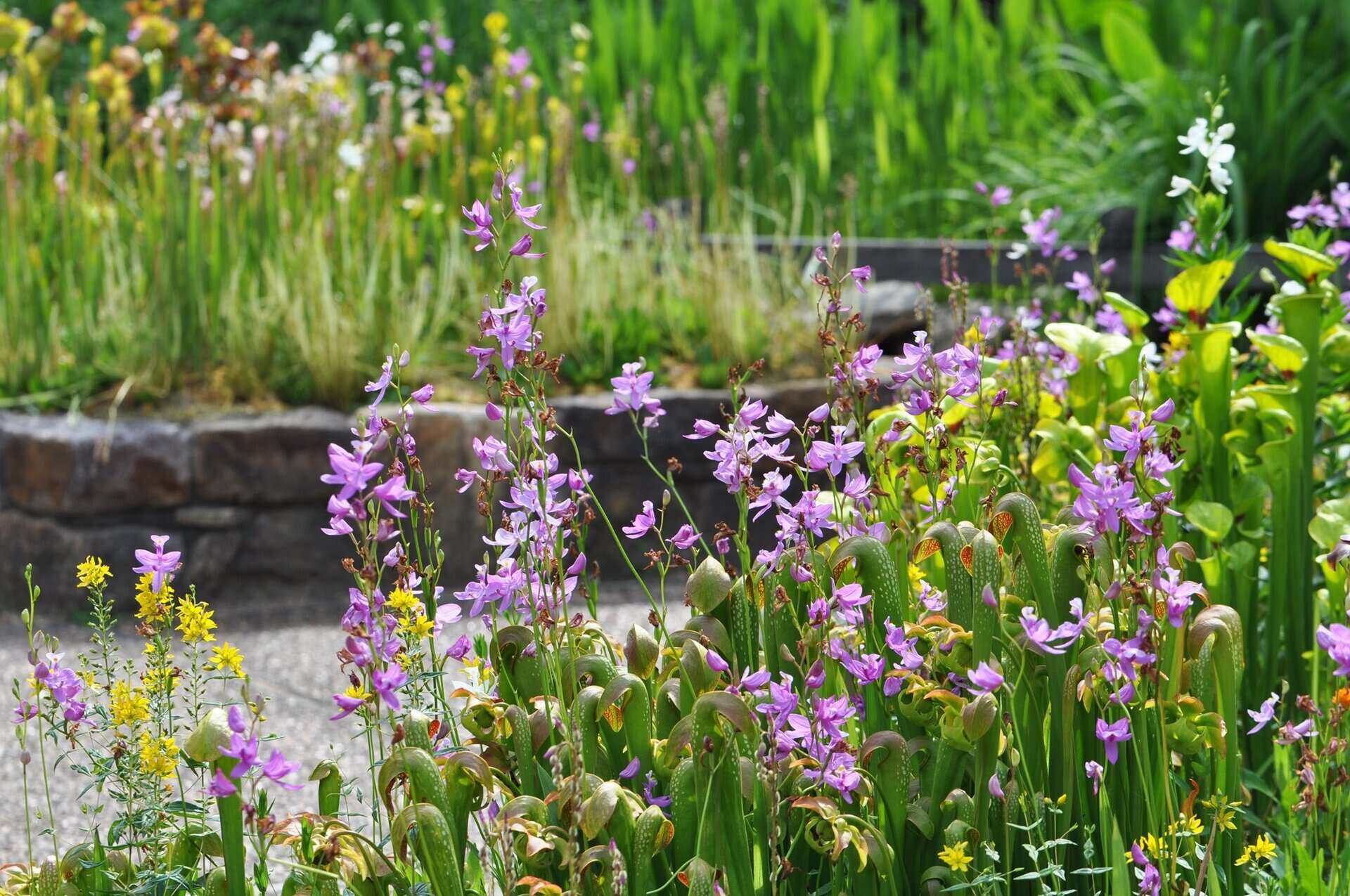
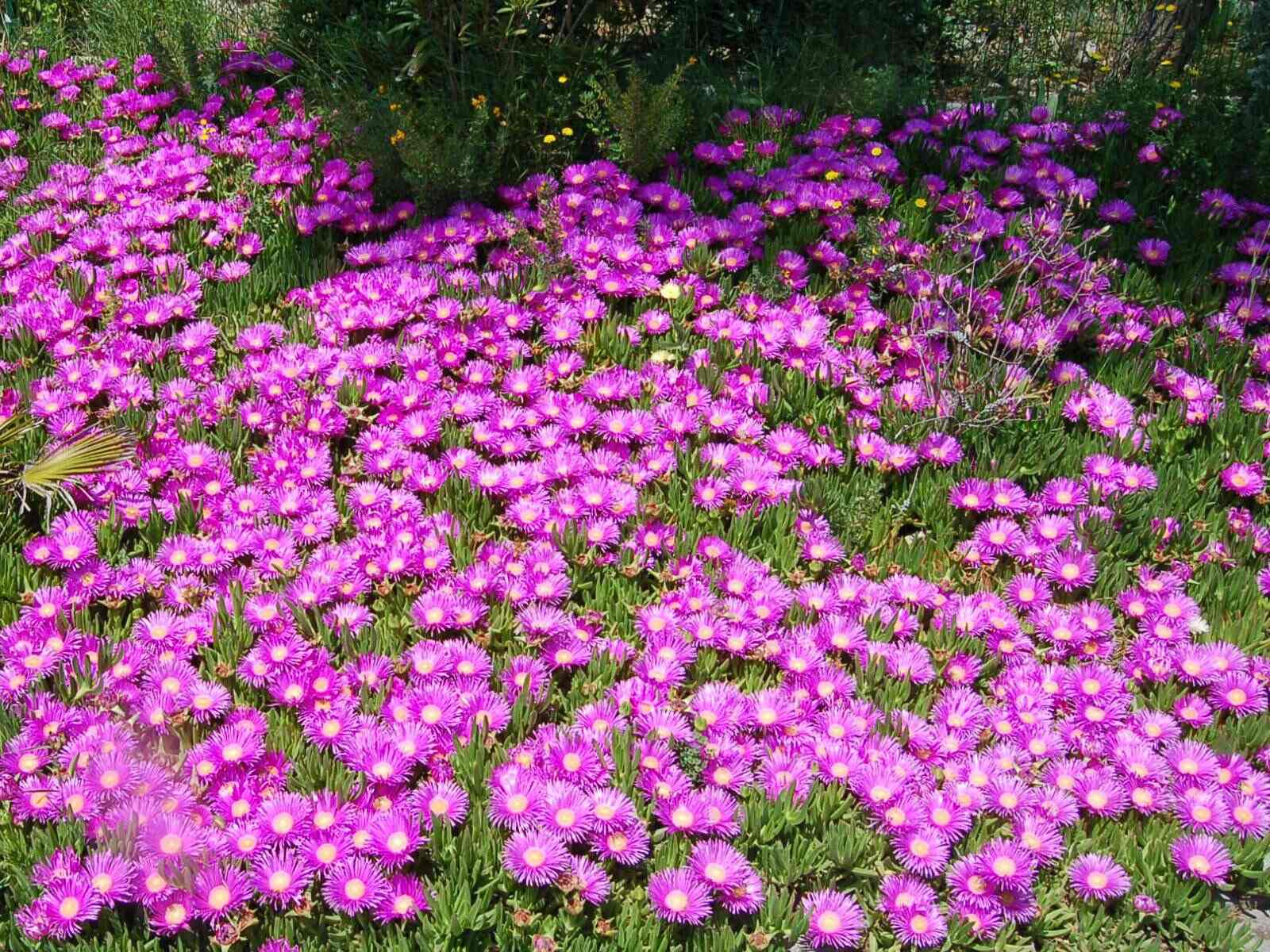
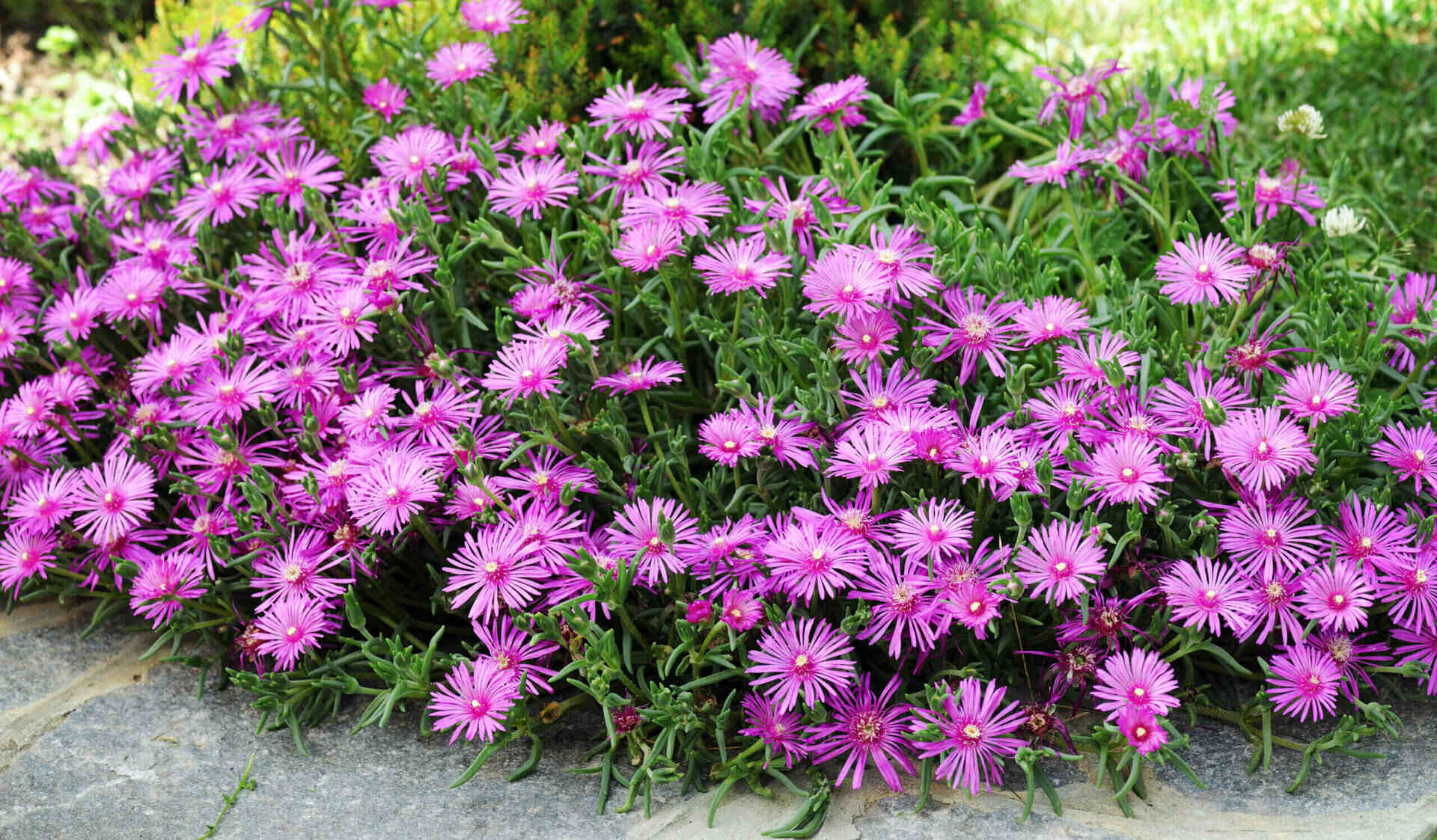
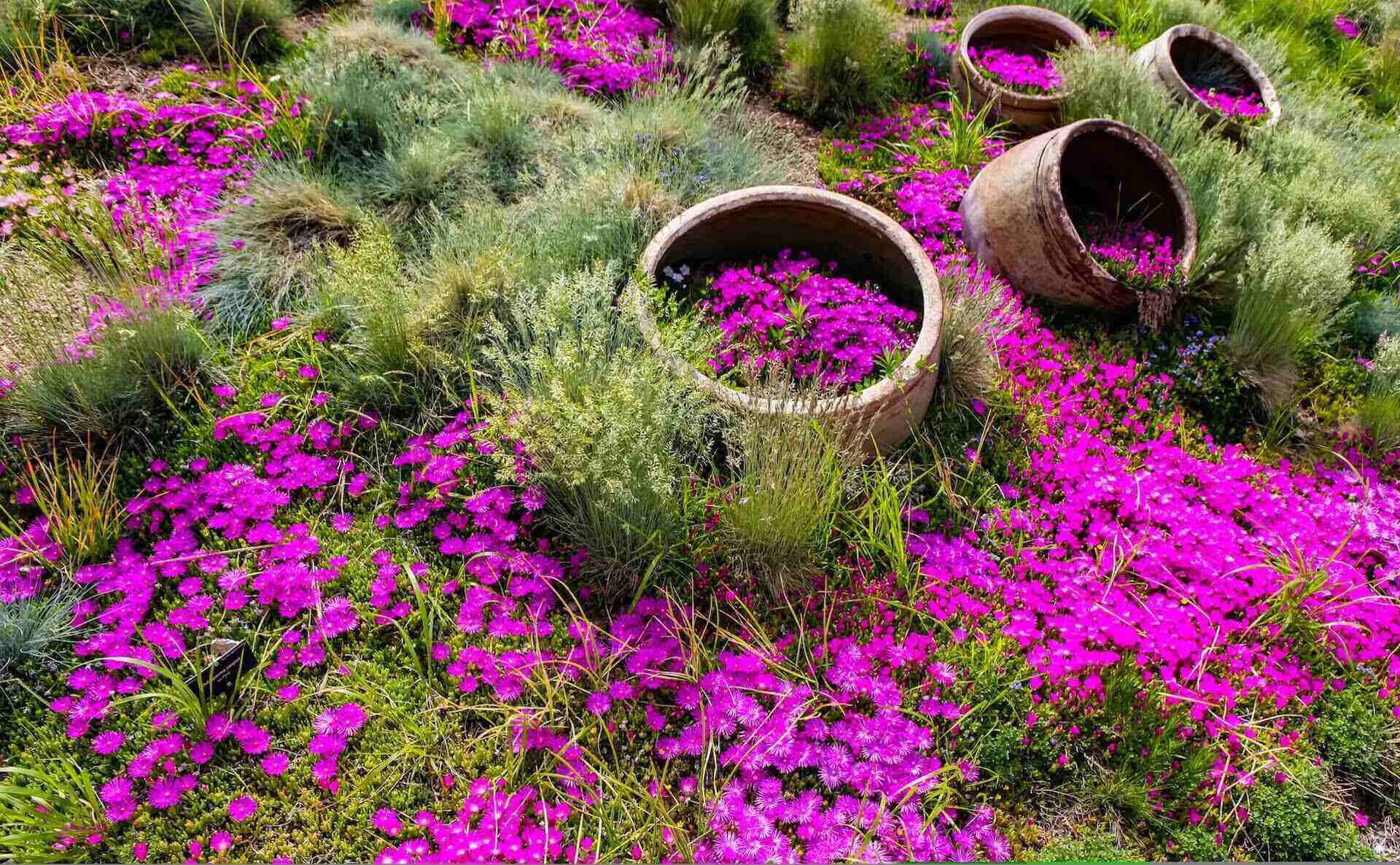
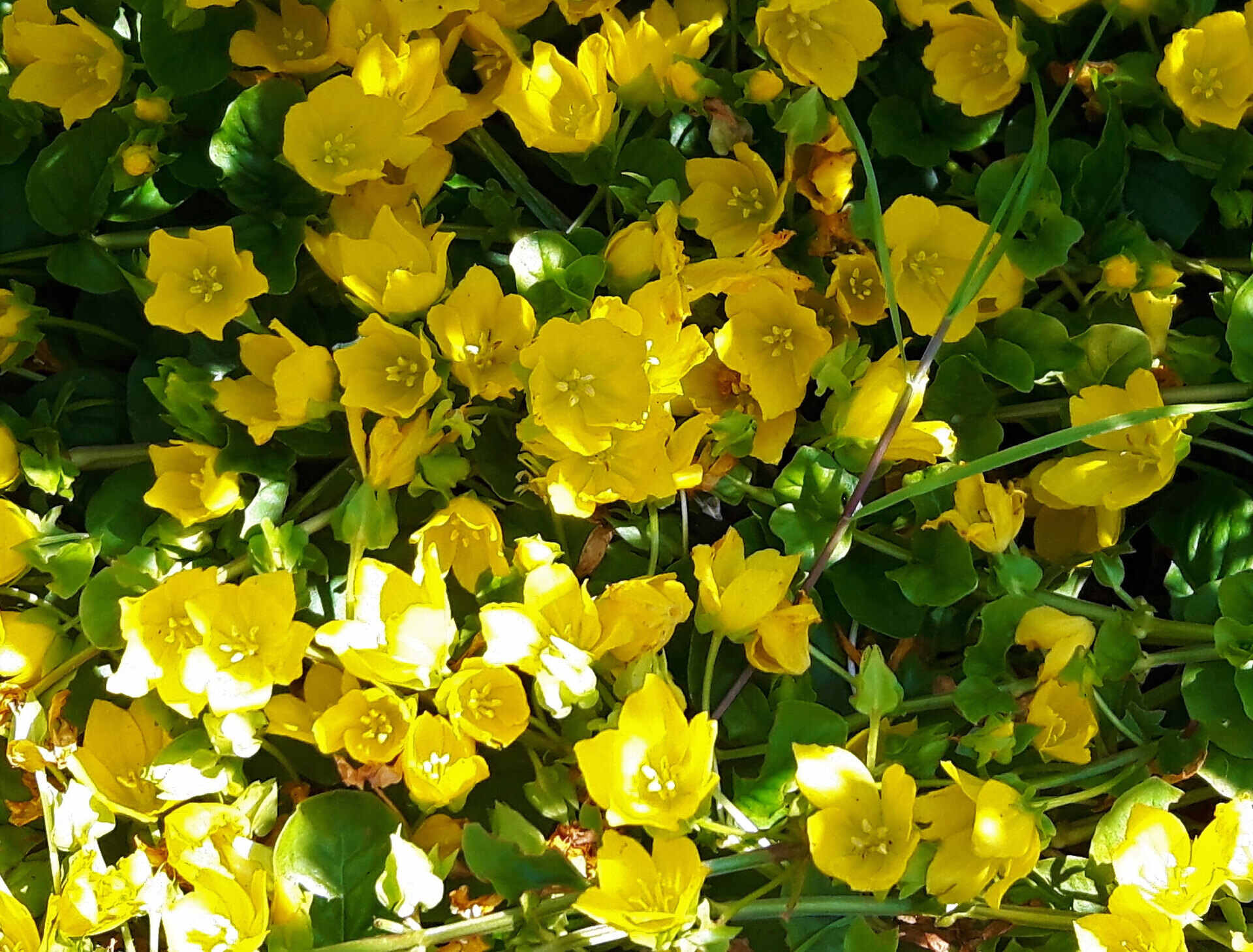


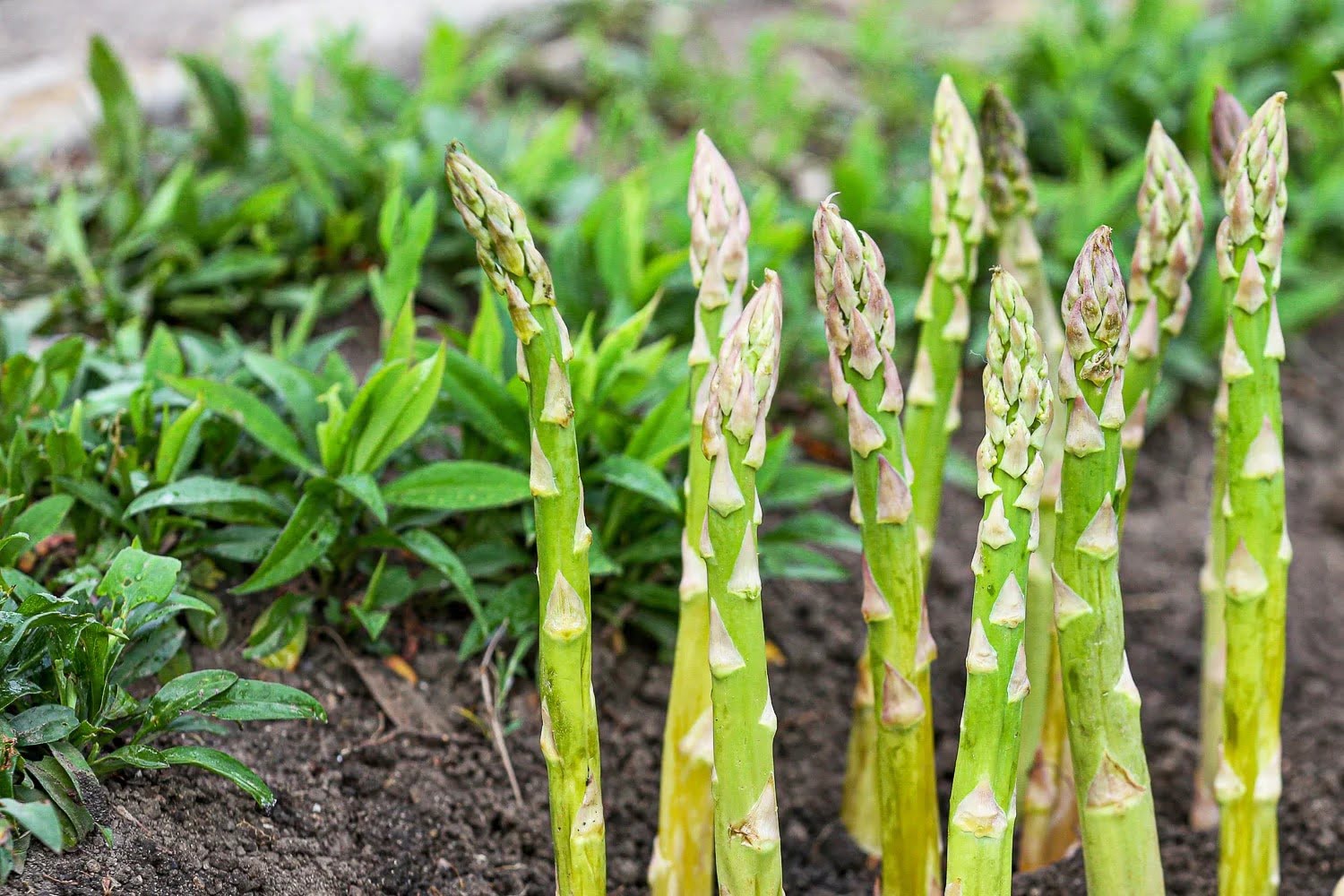
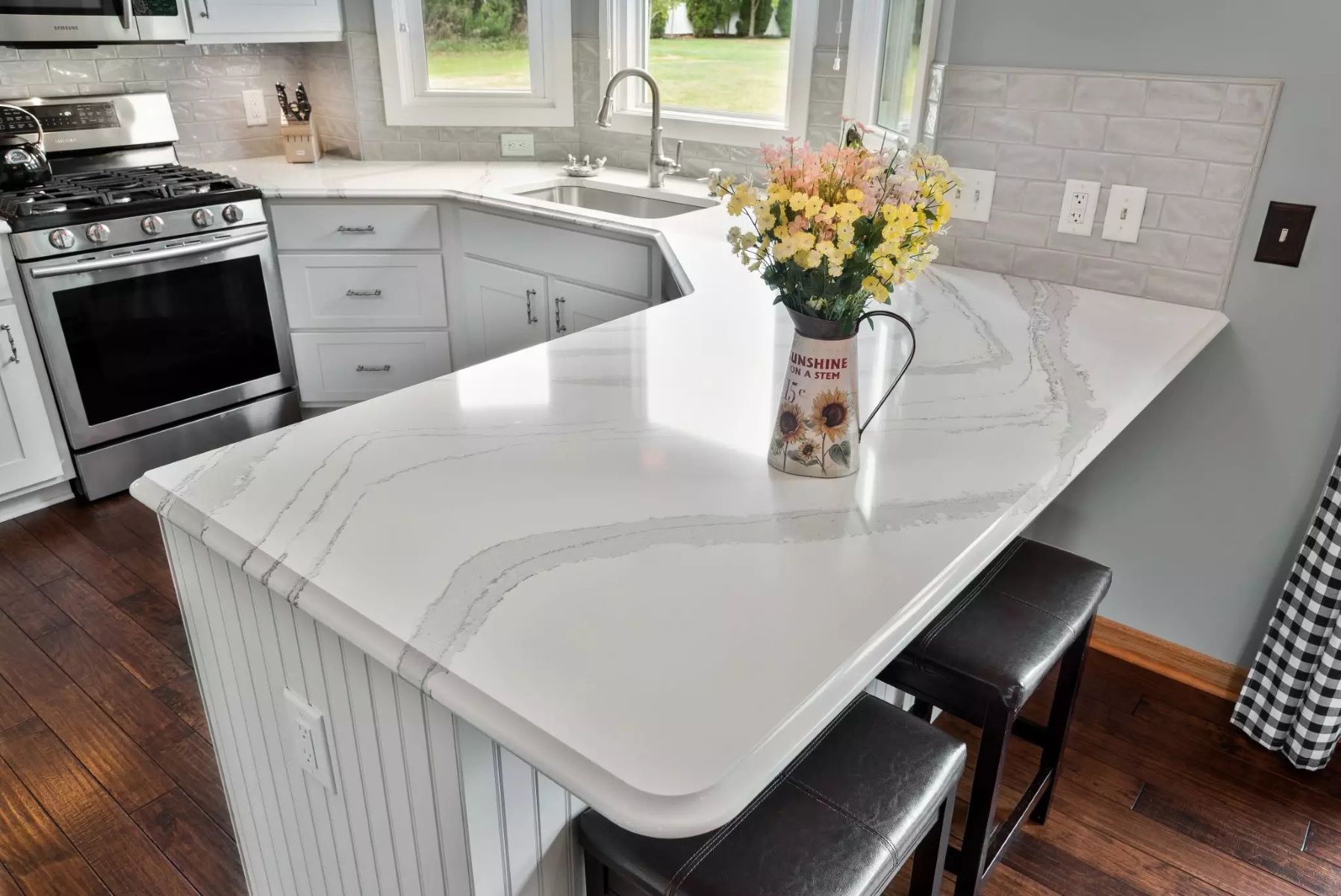
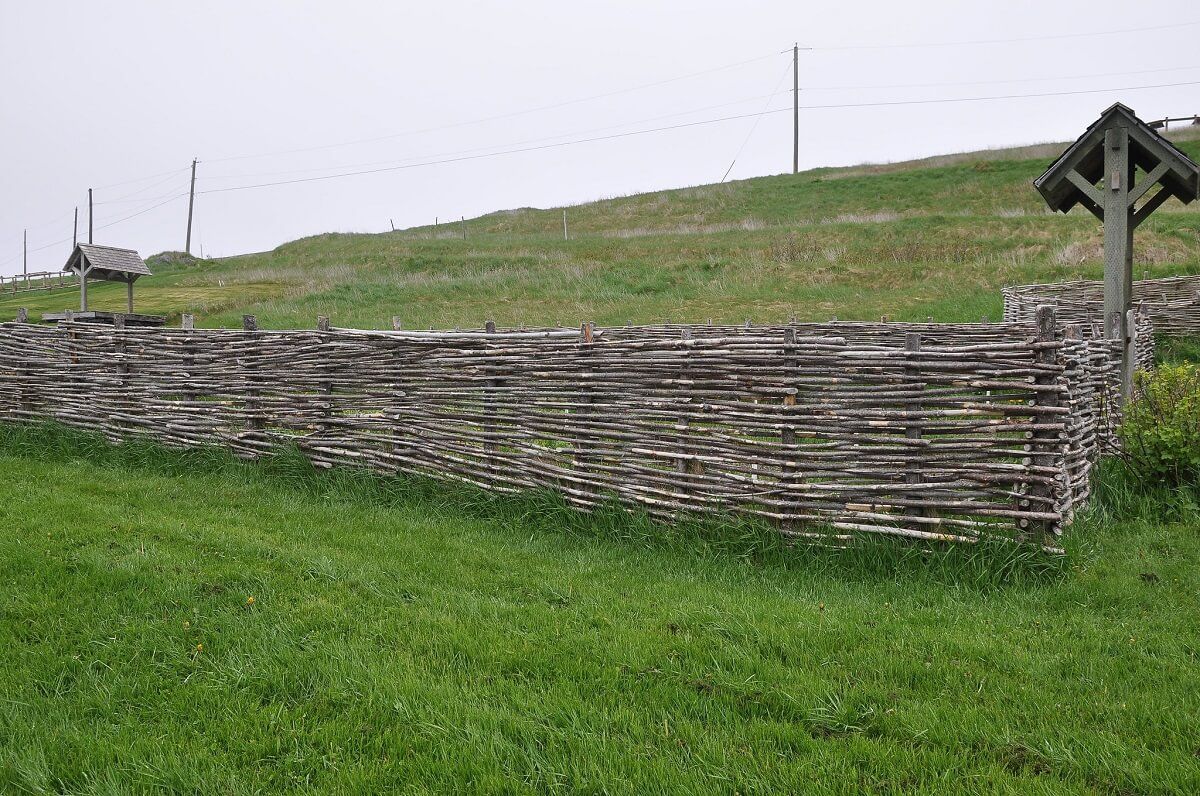
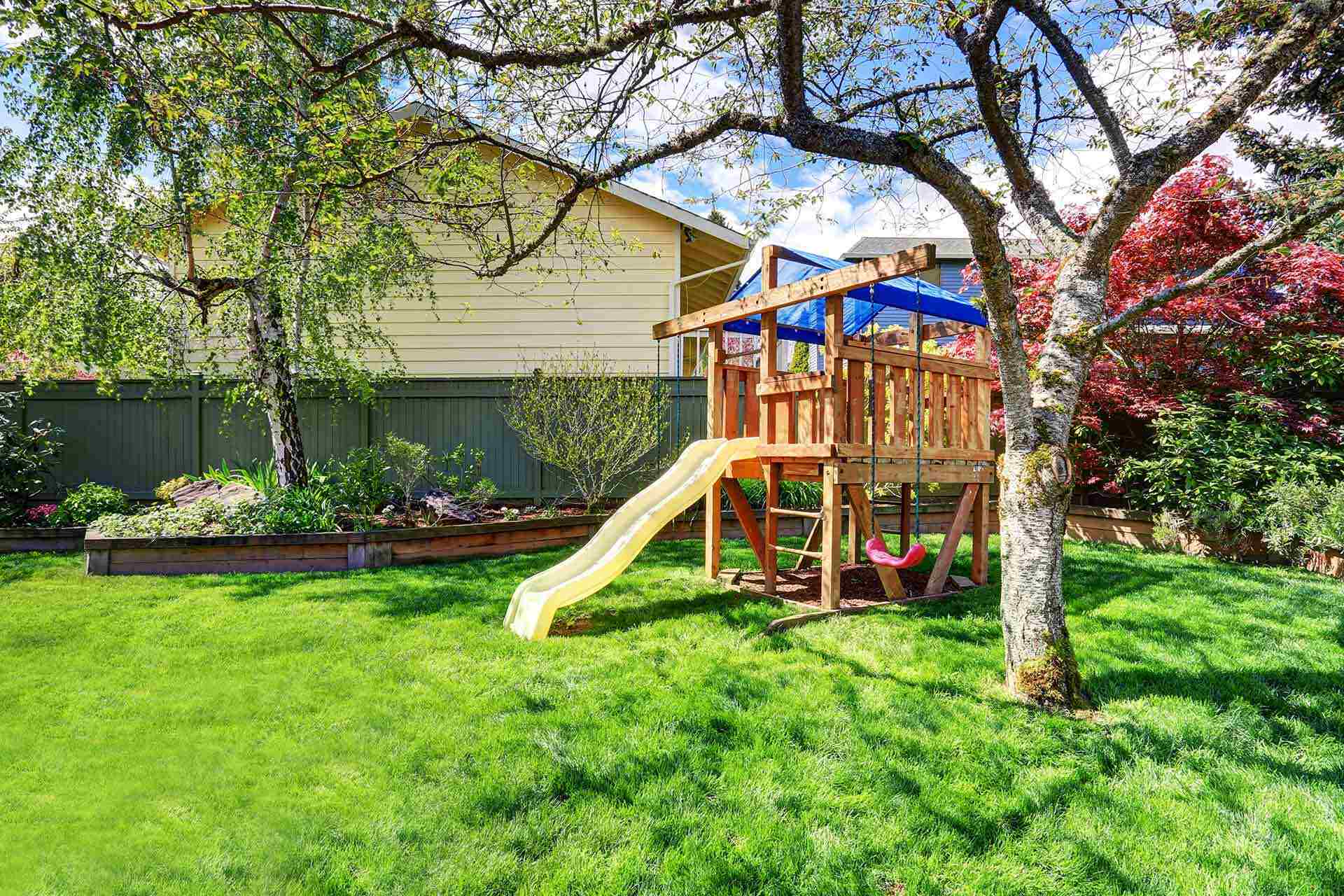
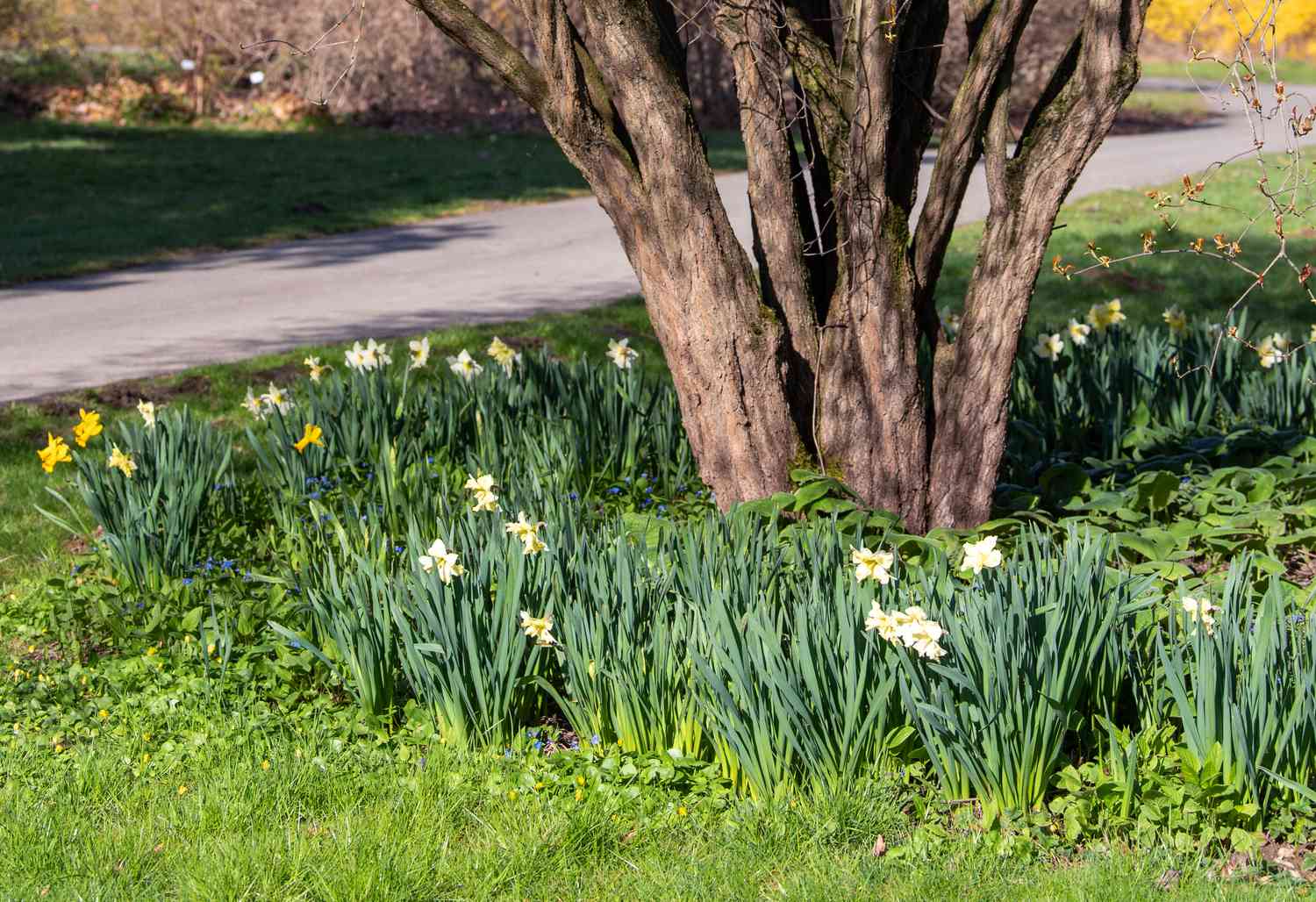
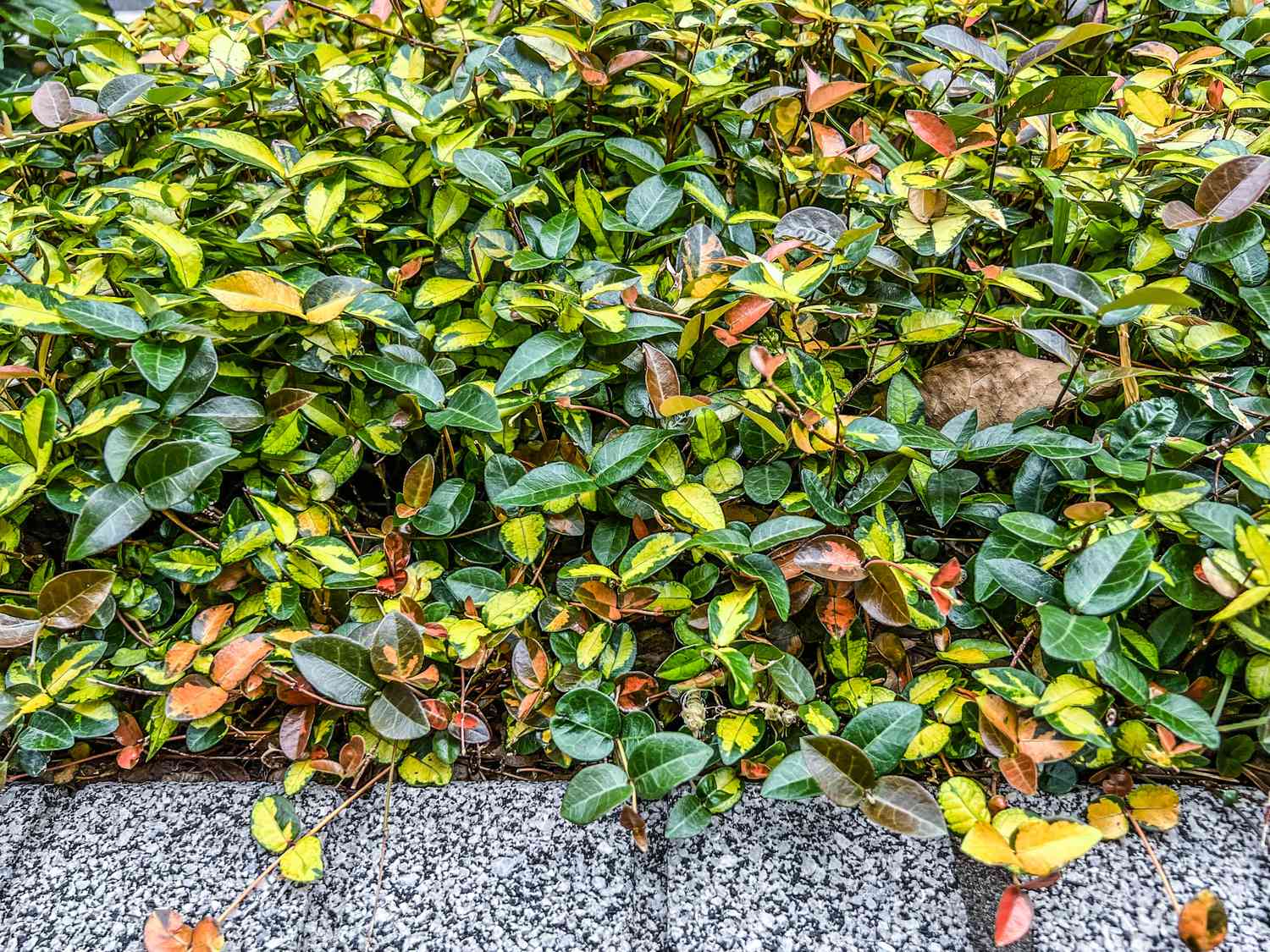

0 thoughts on “What Is The Cheapest Ground Cover”